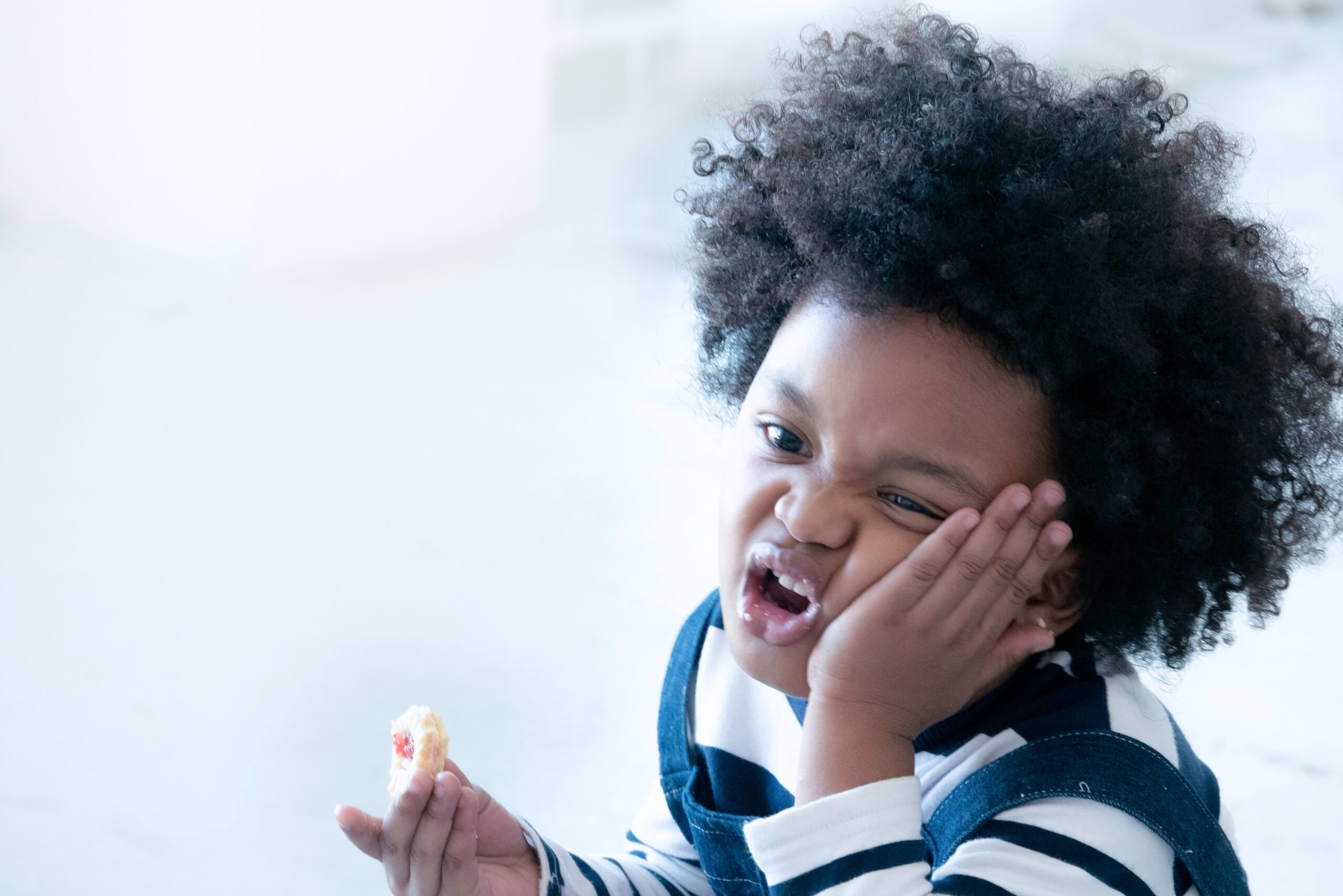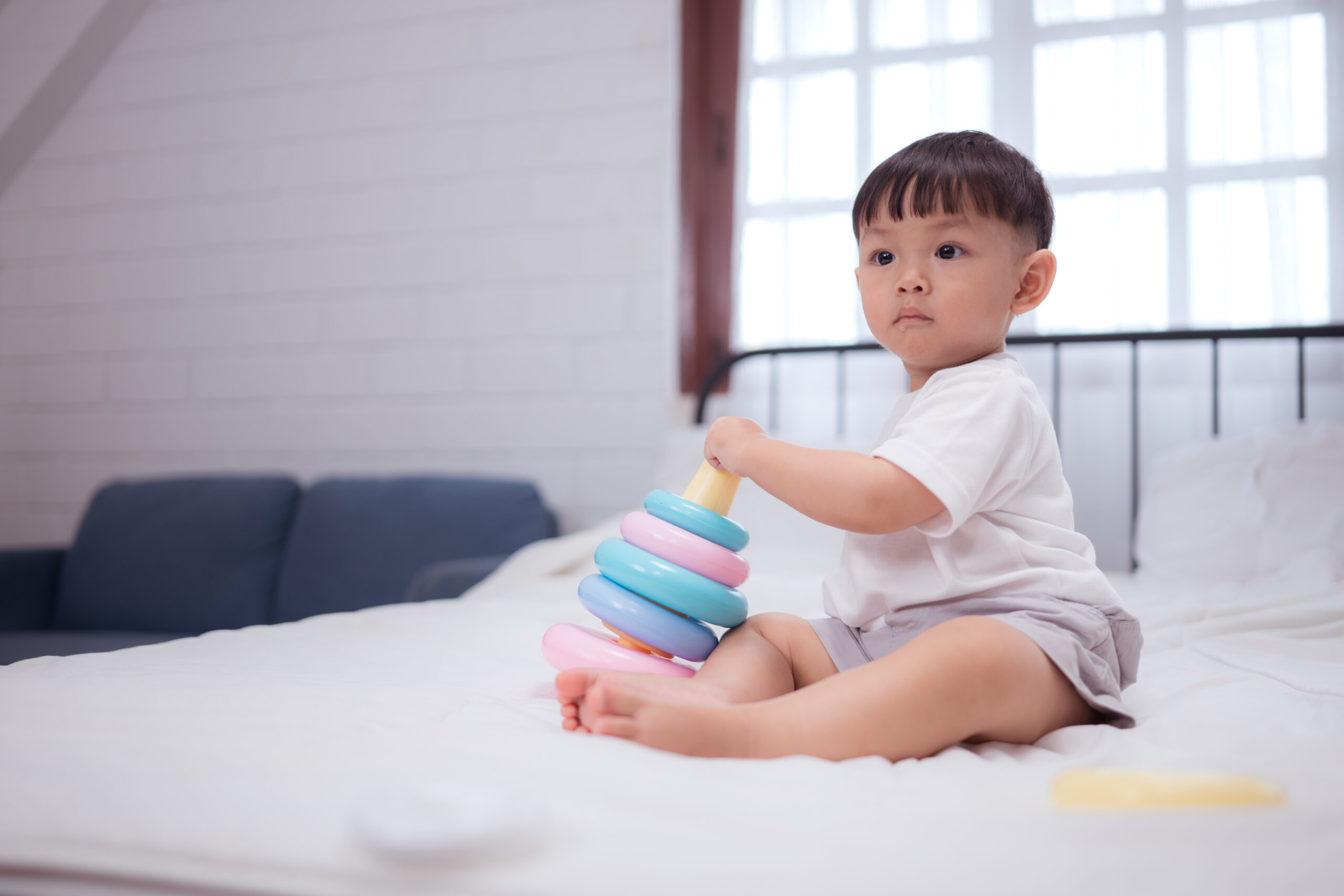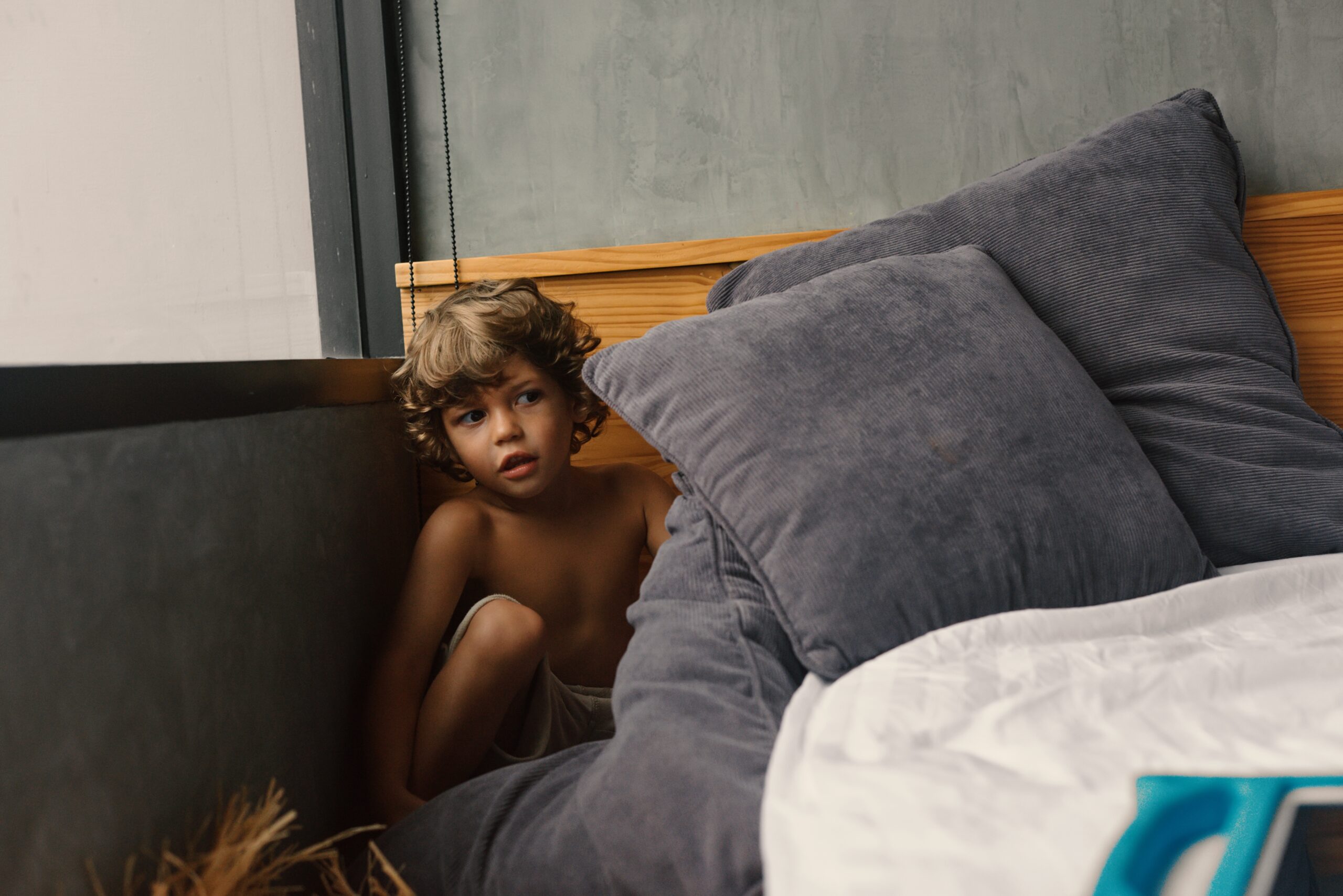How to Teach Autistic Children to Brush Their Teeth
Individuals on the Autism Spectrum have a unique way of intaking and processing the surrounding stimuli. They may have different reactions to sound, lights, colors, and textures due to their sensitivity to certain stimuli. The task of brushing teeth may be challenging for them, but not impossible to learn and complete. So, how do you teach your child to brush their teeth?
Observe the Child’s Reactions
First, observe the child and pay attention to their reactions when you present them with a toothbrush and toothpaste. How do they react when you are brushing your teeth in front of them? Based on your observation, you’ll have a clear understanding of where your child is with this task. Determine what kind of toothbrush they prefer—regular or electric—and what kind of toothpaste they like. If the child is averse to and resistant to teeth brushing, then you have to start small.
Start Small with Toothbrushing Tolerance Procedure
Use a toothbrushing tolerance procedure to gradually introduce the task. Take the child to the store and let them choose the toothbrush and toothpaste they like. Take the child to the bathroom every time you or a family member brushes their teeth and let the child watch. In time, give the child their toothbrush to hold in their hands but do not insist on brushing their teeth. Slow and gradual exposure will help your child accept the task of brushing teeth.
Add Toothbrushing to Your Child’s Screen Time
Add videos of kids brushing their teeth to your child’s iPad or play them on TV. Sit and watch together with your child. Make it a daily routine to watch videos of kids brushing their teeth. Then, one day, while watching a video, have a toothbrush in your hand and offer it to the child. Monitor their reaction.
Incorporate Toothbrushing into Playtime
During playtime, use the toothbrush with your child. Brush the teeth of soft toys, cars, animals, and so on. Give the child the opportunity to engage with the toothbrush and repeat your model of brushing teeth on the toys.
Create an Art Project of Brushing Teeth
You can either buy a toy set or create one using a cardboard drawing of a mouth and glue white beans to represent teeth. Use the toothbrush and show your child how to brush the teeth using the toy set as a visual aid.
Use Visuals and a Visual Schedule
Create or purchase visuals for each step of the teeth brushing task. Place the pictures in order on a to-do list and have an all-done list. Combine the visuals with the art project or toy set. Show the child each step of brushing teeth in combination with the created visuals, such as getting the toothbrush, applying toothpaste, and brushing teeth. This way, you introduce the steps of the task through the use of a visual schedule.
Transition to Real-Life Model
After providing multiple ways for the child to complete the task, transition the skills and knowledge to the bathroom. Walk with the child to the bathroom, have the visuals with the steps, and model how you use and complete the steps of brushing teeth with visual support. Then, hand the toothbrush and toothpaste to the child, showing them the visual for every step. Move the pictures from the to-do list to the all-done section along the way.
Reinforcement
Continuously reinforce your child for every small step completed. Provide praise, hugs, kisses, and preferred items or activities as positive reinforcement. By reinforcing the child’s behavior of brushing teeth, you will increase their motivation and compliance.

Remember, these steps should become part of the child’s routine when brushing teeth. It’s important to never stop the exposure to real-life models of brushing teeth and to continue watching videos of the task. Make sure your child watches those videos at least once a day before going to the bathroom to complete the teeth brushing task themselves.
Lastly, every child is unique, and their strengths and challenges vary. Observe your child, be flexible, consistent, and meet the child at their level. Develop your child’s skills of brushing teeth in an individualized manner, making the experience pleasant for them. Remember to think in small steps and celebrate each milestone achieved along the way.
Also read: How to Help A Child with Sensitivity to Sounds
About Olga Sirbu
My name is Olga Sirbu, I am a Board Certified Behavior Analyst (BCBA) and Licensed Applied Behavioral Analyst. My goal is to support and empower families and individuals on the autism spectrum.
Autism Advance is dedicated to training parents and caregivers, providing practical tips, and teaching individuals how to educate kids with autism.
I share evidence-based practices to help you better understand and support individuals with autism. Learn practical strategies to help individuals with autism reach their full potential, as well as gain a deeper understanding and acceptance of autism.
Thank you for considering Autism Advance as a resource for your autism journey.








